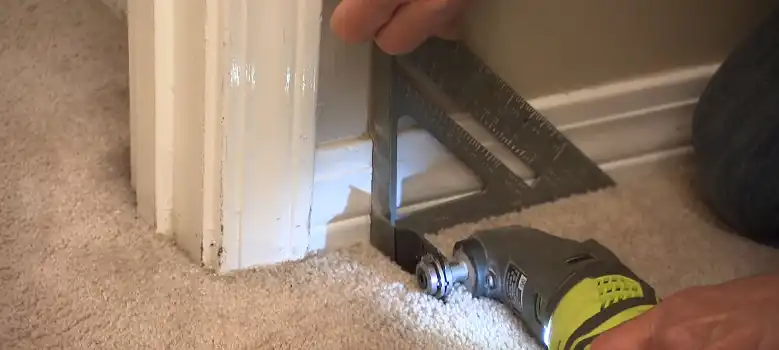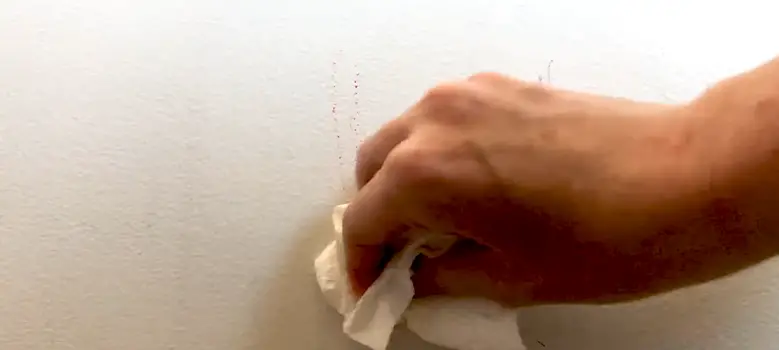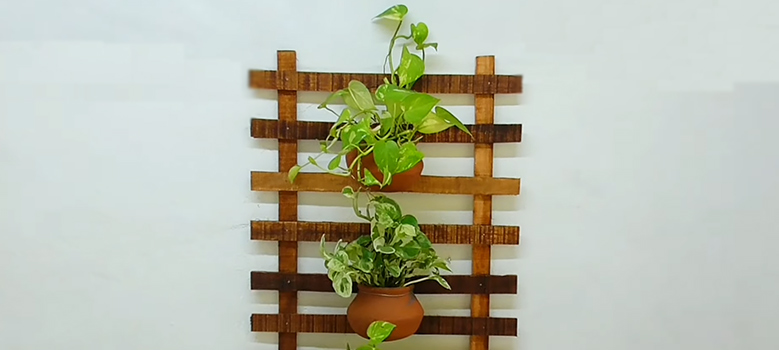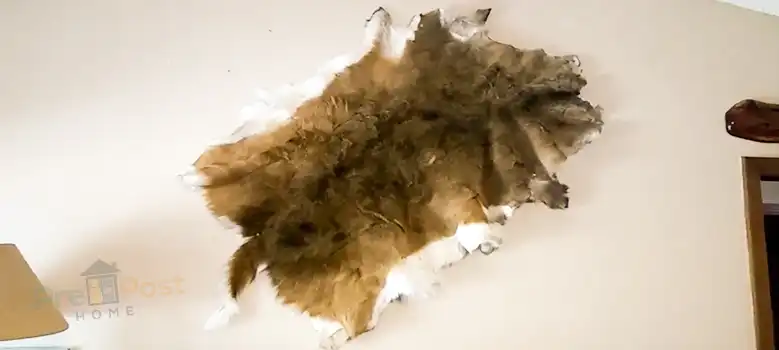As an experienced DIY enthusiast, I’ve tackled numerous home improvement projects, from installing drywall to refinishing furniture. One task that often arises is cutting baseboards. While a multi-tool is a convenient tool for this task, it’s not always available. Fortunately, there are effective methods for cutting baseboards without a multi-tool.
In this guide, I’ll share my expertise and walk you through the process of cutting baseboards on the wall without a multi-tool. This approach is suitable for both inside and outside corners, ensuring you can achieve a clean and precise cut every time.
Essential Tools and Materials for Cutting Baseboard on Wall
Before embarking on this task, ensure you have the necessary tools and materials readily available. Here’s a checklist:
- Hacksaw: A versatile tool for cutting baseboards, especially when a multi-tool isn’t an option.
- Utility knife: Used for scoring the cut line, making the subsequent cutting process smoother.
- Chisel: A crucial tool for carefully cutting through the baseboard, ensuring a clean and accurate cut.
- Hammer: Used for striking the chisel to effectively cut through the baseboard.
- Tape measure: Essential for accurately measuring the length of the baseboard to be cut.
- Pencil: Used for marking the cut line on the baseboard.
- Square: Ensures the cut line is straight and perpendicular to the baseboard.
Step-by-Step Guide to Cutting Baseboard Without a Multi-Tool
Measure and Mark the Cut Line:
- Using the tape measure, determine the precise length of the baseboard section that needs to be removed.
- Mark the cut line on the baseboard using a pencil. Ensure the line is straight and perpendicular to the baseboard.
Score the Cut Line:
- Carefully score the cut line using the utility knife. This will create a groove that will guide the chisel during the cutting process.
- Apply consistent pressure while scoring the line to ensure a deep and even groove.
Cutting with the Chisel:
- Position the chisel along the scored cut line.
- Using the hammer, strike the chisel’s top to cut through the baseboard.
- Move the chisel along the cut line, making gradual strokes until the baseboard is completely severed.
Sanding for a Smooth Finish:
- Once the baseboard is cut, use sandpaper to smooth out any rough edges or splinters.
- Start with coarse sandpaper and gradually progress to finer grit for a polished finish.
Checking for Accuracy:
- Utilize the square to ensure the cut is straight and square.
- If any adjustments are needed, carefully use the chisel or file to refine the cut.
Safety Tips for Cutting Baseboards Without a Multi-Tool
Here are some important safety tips for cutting baseboards without a multi-tool:
- Protective Gear:
- Always wear safety glasses to shield your eyes from debris and dust during the cutting process. Consider using ear protection if using loud tools like a hammer.
- Secure the Baseboard:
- Ensure the baseboard is firmly secured or clamped in place to prevent movement. This not only enhances precision but also reduces the risk of accidents.
- Mind Your Fingers:
- Keep your fingers at a safe distance from the cutting area. Use clamps or tools to secure the baseboard, minimizing the risk of injuries.
- Stable Work Surface:
- Work on a stable and secure surface to prevent accidents caused by a wobbly or uneven workspace. A steady surface is especially crucial when using tools like a hammer and chisel.
These safety tips emphasize the importance of protective measures, secure work conditions, and mindful handling of tools, promoting a safer DIY experience for readers.
Additional Tips
- Thick Baseboards: For thicker baseboards, multiple passes with the chisel may be necessary to achieve a complete cut.
- Wall Protection: Exercise caution to avoid damaging the wall behind the baseboard during the cutting process.
- Hacksaw Alternative: If you’re not comfortable using a chisel, a hacksaw can be used as an alternative. However, a hacksaw may not produce as clean of a cut.
Frequently Asked Questions (FAQs) on Cutting Baseboard on Walls Without a Multi-Tool:
Q: Can I use a regular saw instead of a miter saw for cutting baseboards?
A: Absolutely. While a miter saw provides precision for angled cuts, a regular saw can still yield satisfactory results, especially for straight cuts. Ensure the blade is appropriate for cutting wood.
Q: Is a coping saw necessary for baseboard cutting, or can I use other tools?
A: While a coping saw is excellent for intricate cuts, you can also achieve precise results with a jigsaw or even a handsaw. Choose the tool that best suits your skill level and the complexity of the cut.
Q: What is the ideal method for cutting baseboards around corners?
A: For inside corners, a miter saw is recommended. Make a straight cut first and then use a coping saw to follow the profile of the cut edge. This method ensures a snug fit for a professional finish.
Q: How do I prevent splintering when cutting baseboards?
A: To minimize splintering, use a sharp blade and apply painter’s tape along the cut line. This helps reduce tear-out, resulting in a cleaner cut. Additionally, ensure the baseboard is secured firmly to prevent vibrations.
Q: Can I use a hand file instead of sandpaper for smoothing the cut edge?
A: Yes, a hand file can be used to smooth the cut edge. However, sandpaper is generally more efficient for achieving a polished finish. Start with a coarse grit and progressively move to finer grits for the best results.
Q: What should I do if I make a mistake while cutting the baseboard?
A: Mistakes happen. If you make a cut you’re not satisfied with, consider using wood filler to correct minor imperfections. For major errors, you may need to replace the section of the baseboard and try again.
Conclusion
Cutting a baseboard without a multi-tool may seem intimidating, but with the right tools, techniques, and a bit of patience, it’s an achievable task. By following the steps outlined in this guide, you can confidently cut the baseboard on the wall without a multi-tool, ensuring a clean and precise finish. Remember, practice makes perfect, so don’t hesitate to experiment and refine your skills.





